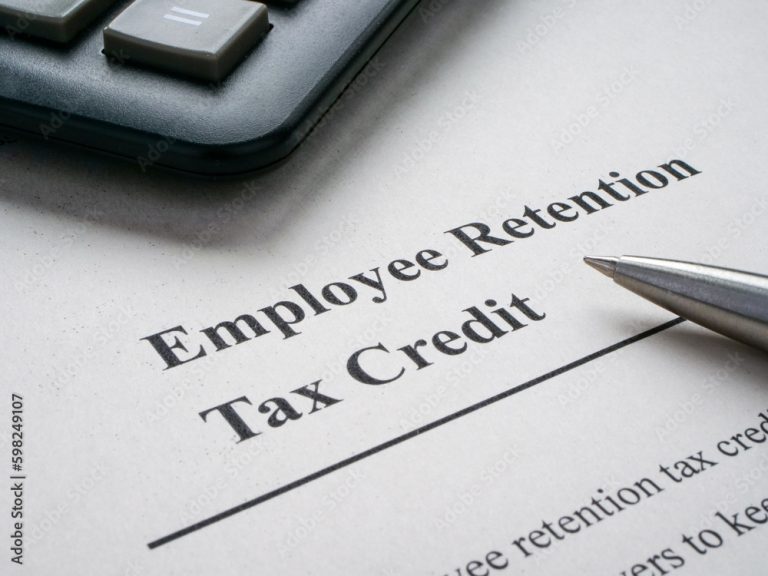Did you claim the Employee Retention Credit (ERC) but did not reduce your wage expenses on your income tax return for that year? If your ERC payment arrived in 2024 or 2025, you’re not alone in wondering what to do. The good news is with the updated March 20th 2025 guidance from the IRS – you won’t need to file an amended return or an administrative adjustment request (AAR) for the year you originally claimed the ERC. The IRS removed this requirement since the Statute of Limitations expired for most taxpayers for the ERC years. Instead, you can simply include the overstated wage expense amount as gross income on your income tax return for the tax year in which you received the ERC. For instance, if you claimed a $10,000 ERC in 2021 but didn’t reduce your wage expense, and then received the $10,000 payment in 2025, you’d include that $10,000 in your 2025 gross income.
This approach is rooted in the tax benefit rule, which aims to prevent taxpayers from receiving an unwarranted double benefit. When you deduct wage expenses and then receive an ERC based on those same wages without adjusting your initial deduction, an inconsistency arises. Including the overstated amount in your gross income in the year you receive the ERC effectively corrects this discrepancy, ensuring you’re not getting a tax deduction for wages that were later subsidized by the ERC. However, if your capitalized wages or your overstated wage expense didn’t lead to a reduction in your tax liability, you might need to make other adjustments, like a reduction in basis for capitalized wages, instead of including the amount in gross income.
The IRS’s updated guidance offered simplicity in income tax reporting for taxpayers that encountered delays in their ERC payments. Please contact us if you have any follow up questions related to this issue.



